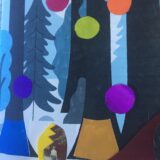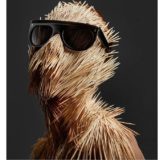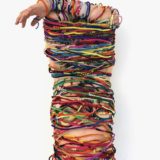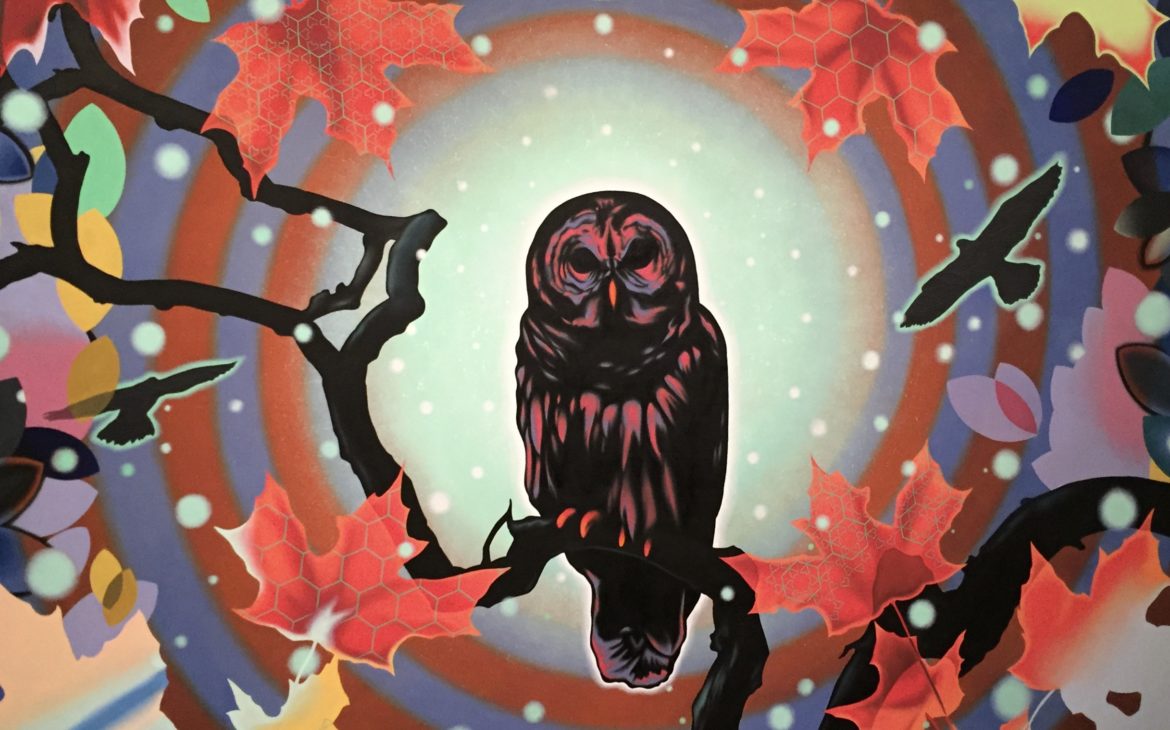Shortly before the Pandemic, Marc Maron happened to film a comedy special, End Times Fun. He ends the show with an end- times fantasy. Marvel Comic superheroes come to save the world just as the seas are rising, humans are baking in the heat and know the end is near. The superheroes have saved the day and are hanging together, high five-ing as they congratulate themselves on the predictable ending that depended on their superpowers.
Suddenly they see Jesus hanging on the side, looking shy with his head down, kicking sand with his shoes, and looking like he wants to join the group. So, one of them asks if he has been hanging around because he wants to be a superhero too? Jesus, can barely get it out, but says, “Yeah, I do……I think it would be good for my brand”.
One of the superheroes asks, “But can you DO anything”?
And Jesus, defensively says, “Yeah……., I can do stuff”…….
Another Superhero replies, “But we didn’t know love was a superpower”!
AND CURTAIN.
So the end is in many ways a beginning.
In The Carrier Bag Theory of Fiction, Ursula K Le Guin argues that stories of hunting and killing have allowed readers to imagine that individual heroism is the point of the story. Instead, she proposes that storytelling might pick up diverse things of meaning and value and gather them together, like a forager rather than a hunter waiting for the big kill. In this kind of storytelling, stories should never end, but rather lead to further stories.
In The Mushroom at the End of the World, anthropologist Anna Lowenhaupt Tsing writes:
“This is a story we know. It is the story of pioneers, progress, and the transformation of ’empty spaces’ into industrial resource fields.
This is a story we need to know. Industrial transformations turned out to be a bubble of promise followed by lost livelihoods and damaged landscapes. And yet: such documents are not enough. If we end the story with decay, we abandon all hope–or turn our attention to other sites of promise and ruin, promise and ruin”.
Tsing writes about the Matsutake mushroom, the most valuable mushroom in the world, that grows in human disturbed forests across the Northern Hemisphere. I especially think of this now as the forests in the Northwest United States have been burning. But the questions she addresses are questions for our time. What manages to live in ruins?
In her prologue she writes, “What do you do when your world starts to fall apart? I go for a walk, and if I’m really lucky, I find mushrooms. Mushroom pull me back into my senses, not just –like flowers–through their riotous colors and smells but because they pop up unexpectedly, reminding me of the good fortune of just happening to be there. Then I know that there are still pleasures amidst the terrors of indeterminacy”.
Her book, and her work is about looking for what has been ignored because it never seemed to fit the time line of progress. Stories about world-making projects, human and not human are all around, but that is exactly the point she makes: we need to look around rather than only ahead. And remember that making worlds is not limited to humans but across species to unintentional coordinations.
If we allow ourselves to be less encumbered by the simplified progress narratives, we can see rhythms and pulses of patchiness that are there to explore. Intellectual life and political life also emerge through cross talk, play and engagement that can produce unintentional design. Le Guin helps us with these arts of noticing to subvert the old stories with such spirit, that I will leave her with the last words.
“Go on, say I, wandering off towards the wild oats, with Oo Oo in the sling and little Oom carrying the basket. You just go on telling how the mammoth fell on Boob and how Cain fell on Abel and how the bomb fell on Nagasaki and how the burning jelly fell on the villagers and how the missiles will fall on the Evil Empire, and all the other steps in the Ascent of Man.
If it is a human thing to do to put something you want, because it’s useful, edible, or beautiful, into a bag, or a basket, or a bit of rolled bark or leaf, or a net woven of your own hair, or what have you, and then take it home with you, home being another, larger kind of pouch or bag, a container for people, and then later you take it out and eat it or share it or store it up for winter in a solider container or put it in the medicine bundle or the shrine or the museum, the holy place, the area that contains what is sacred, and then next day you probably do much the same again–if to do that is human, if that’s what it takes, then I am a human being after all. Fully, freely, gladly, for the first time”.
Be well,
Marlene
Artwork by Peter Gerakaris, (American, born 1981)
——-Caravan (Owl) 2012 Oil on Canvas
Photo taken at National Wildlife Museum, Jackson Hole Wyoming while on a hiking sojourn in the Grand Tetons
*The end of Marc Maron’s comedy special has been edited for this post.
*Please support Independent Bookstores




Patty Nowicki
I love the idea of “looking around” rather than always looking ahead. What would be missed if we never spent time just “looking around”?
Marlene Laping
Thank you, Patty!